47th ZEN Art Selected Ginza Exhibition was held from April 12th to April 17th in Ginza, Tokyo.
Thank you very much for this opportunity!
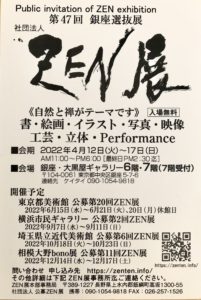
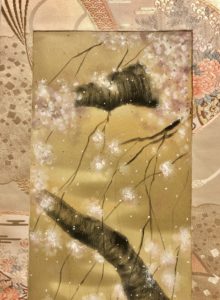
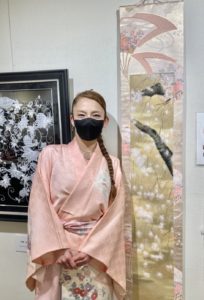

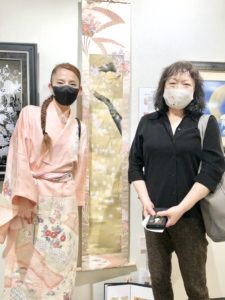
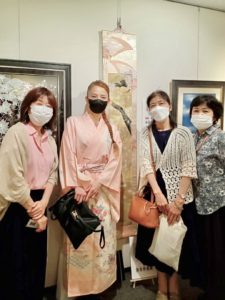
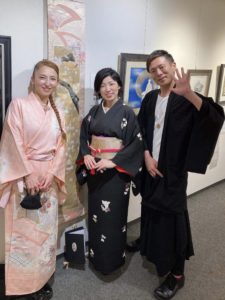
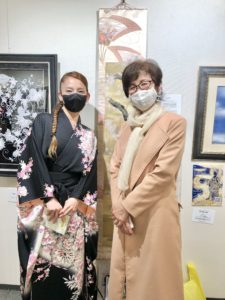
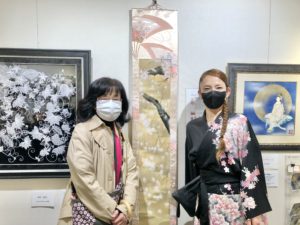

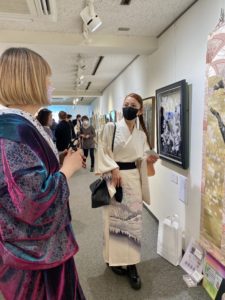
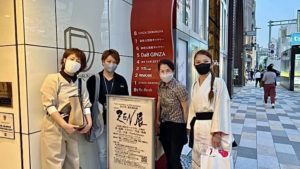
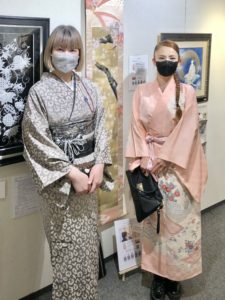
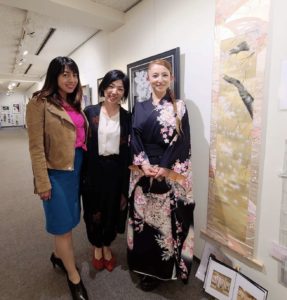
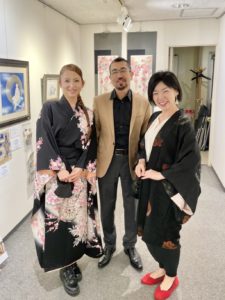
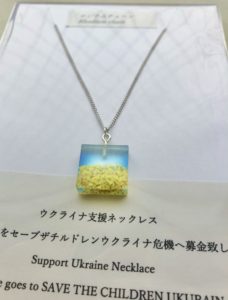

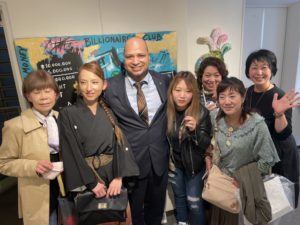
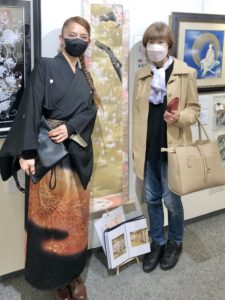
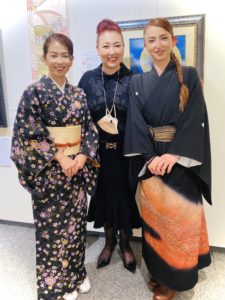
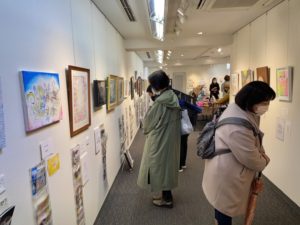
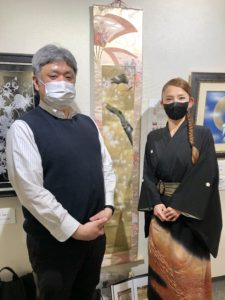
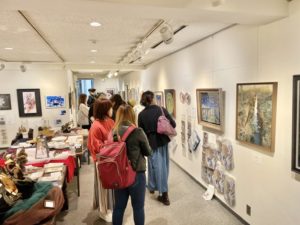

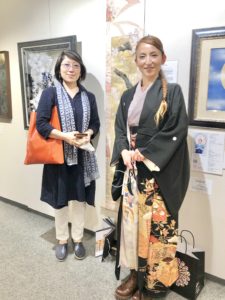

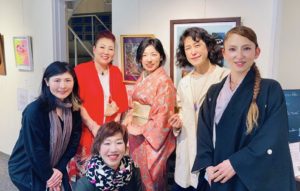
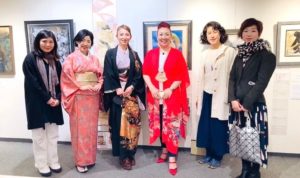
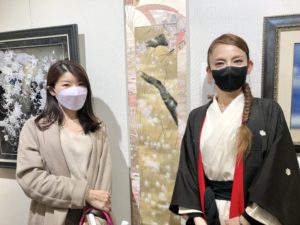
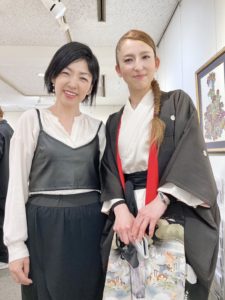
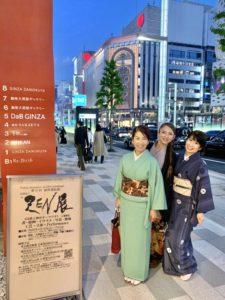 It was a wonderful experience, thank you so much!!
It was a wonderful experience, thank you so much!!
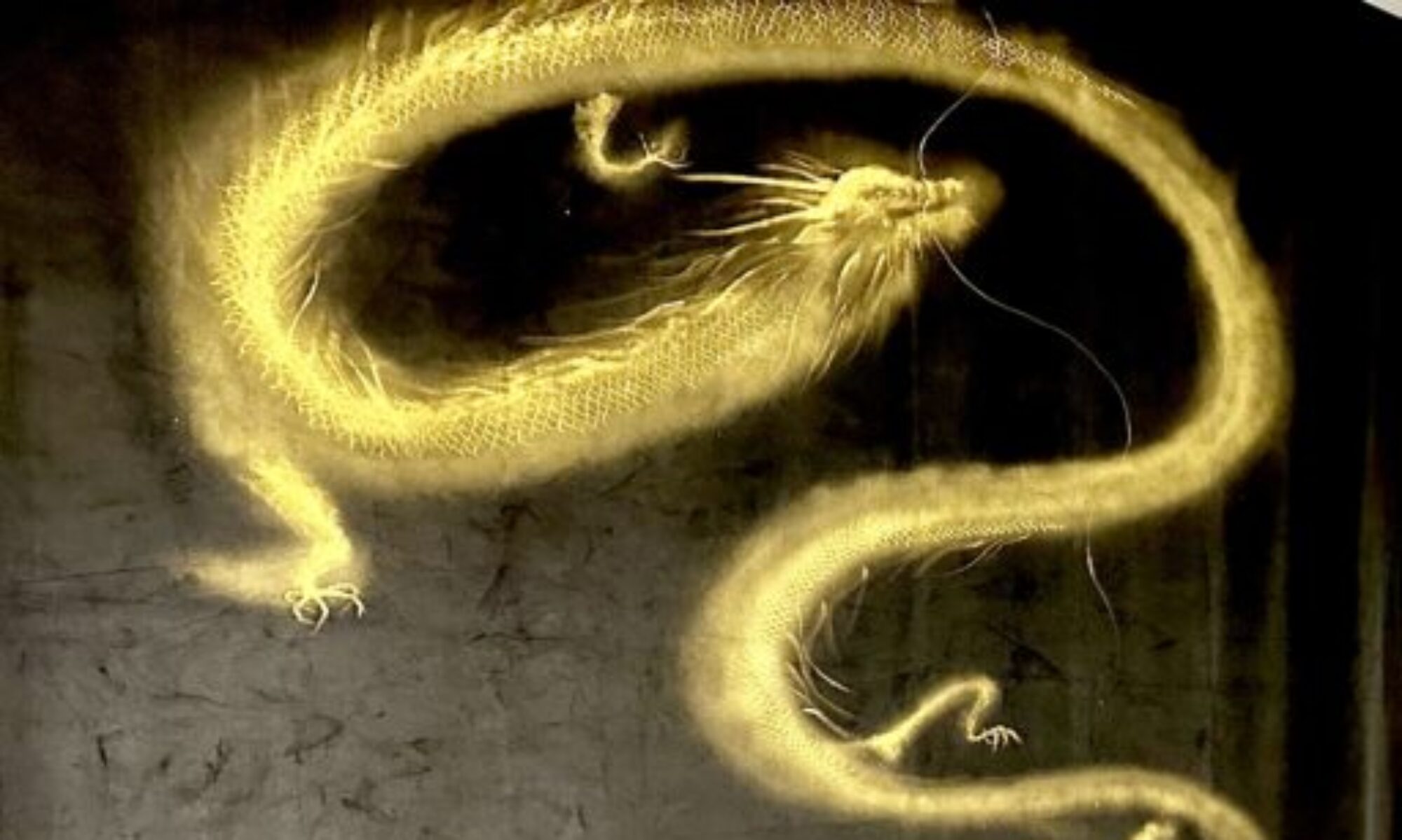
Connect Japan and the world through Japanese spirituality| Japan Cross Bridge|Tokyo
Express Japanese art and culture to the world
47th ZEN Art Selected Ginza Exhibition was held from April 12th to April 17th in Ginza, Tokyo.
Thank you very much for this opportunity!






























 It was a wonderful experience, thank you so much!!
It was a wonderful experience, thank you so much!!
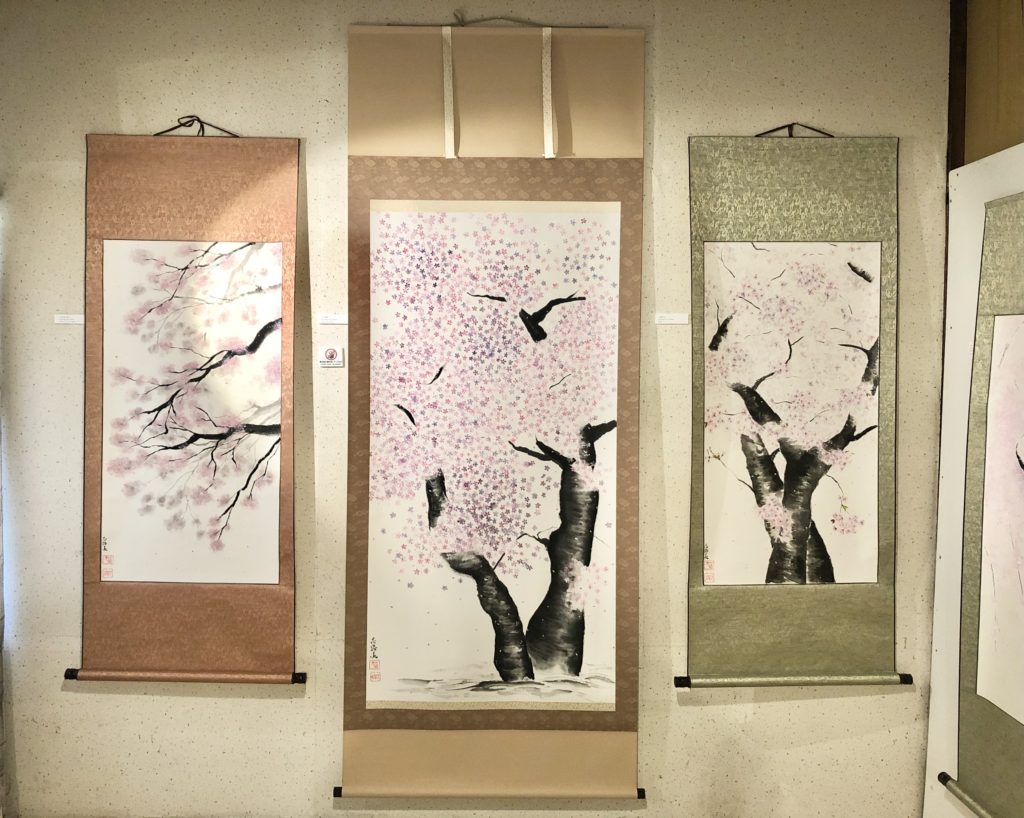
I love to make cherry blossom themed artworks, so I wanted to hold my solo exhibition during the cherry blossom season. I am really grateful that I could hold my first solo exhibition in a nostalgic Japanese old house near Meguro river, Tokyo, where cherry blossoms are really famous. This exhibition is already one of my best memories.
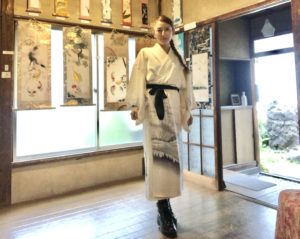
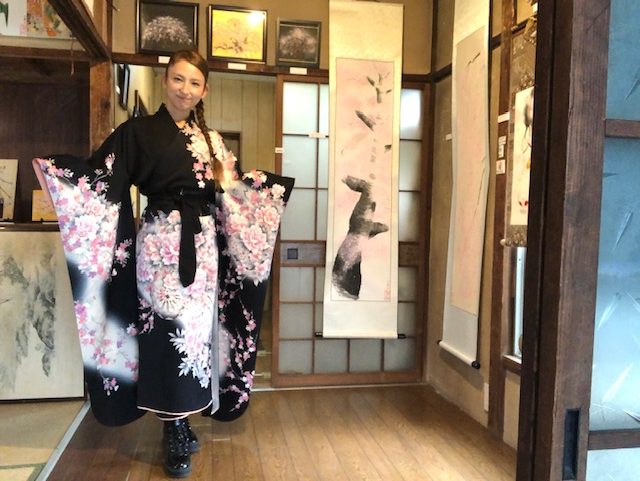
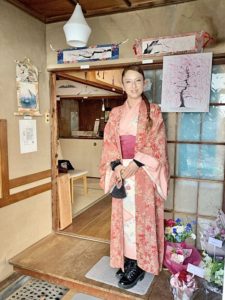
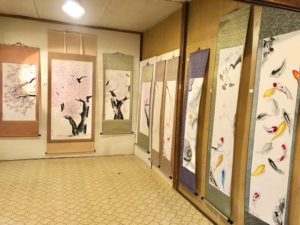
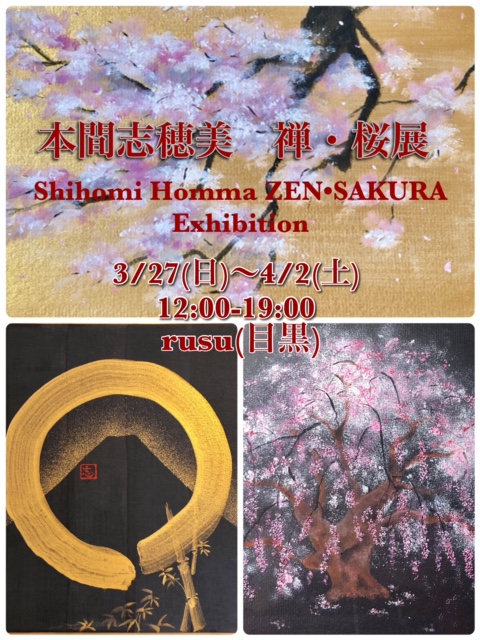
“Shihomi Homma ZEN•Sakura Exhibition” is at “rusu” near Meguro river on March 27-April 2.
Admission free.
Gallery “rusu”
9 mins walk from JR Meguro Station
3-4-9 Shimomeguro, Meguro ku, Tokyo
March 27(Sun) – April 2(Sat)
12:00-19:00
桜の季節に禅桜展を開催。
目黒駅の目黒川からほど近い昔懐かしい民家のrusuにて、個展を開催させていただく運びとなりました。
日本の桜、禅をテーマにした水墨画掛け軸などのアートを展示いたします。
これまでJapanCrossBridge(日本と海外の架け橋)として、日本の美や象徴をモチーフとしたアート作品を海外へ発信して参りました。
コロナ渦の中、日本国内でも日本の桜をテーマとした作品を桜の時期に一人でも多くの方にご覧いただければ幸いです。
お花見へ目黒川お越しの際は是非お立ち寄りください。
ギャラリー”rusu” JR目黒駅より徒歩9分
東京都目黒区下目黒3-4-9
3/27(日)〜4/2(土) 12:00-19:00
入場無料
Facebook: https://www.facebook.com/japancrossbridge/
Instagram: https://www.instagram.com/japan_cross_bridge/
個展情報掲載サイト Exhibition information site
http://artmeguri.com/zensakura/
https://www.share-art.jp/event/views/292794
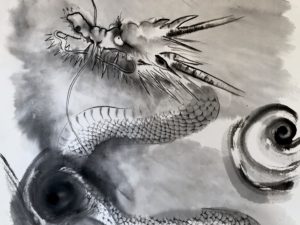
The difference between 龍(Ryu) and Dragon
I started painting 龍(Ryu) and now I am attracted to 龍(Ryu).
When we try to translate 龍(Ryu) into English, it is often said “dragon”.
However, dragons in European countries and 龍(Ryu) in Eastern countries like Japan are totally different.
In eastern countries and Japan, 龍(Ryu) is called “RYUJIN” and it is a god.
On the other hand, in European countries, dragon is a bad evil creature.
They look alike but they are not the same.
Dragon has wings and its face is more like a lizard, on the other hand, RYUJIN’s face is more like a snake.
What is in common is, they are both imaginary reptile creatures.
Personally, I like Japanese RYUJIN better, as RYUJIN has a longer body and looks cool.
Japanese RYUJIN can often be seen at temples or shrines.
At the entrance of temples and shrines, there is a water running spot, called “Temizusha”(手水舎).
This is a place to cleanse our hands and mouth before entering temples and shrines.
There, you can see water is running from RYUJIN’s mouth.
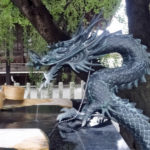
RYUJIN has been believed to be a god which brings rain and brings good harvest.
We see many Kakejiku paintings of RYUJIN going up to the sky, surrounded with rain clouds which RYUJIN created by itself.
There is also a sacred ball which RYUJIN holds.
It is called “Cintamani stone”, which makes your dream come true.
RYUJIN god is a very precious, good luck symbol.
That is why we have RYUJIN god Kakejiku hanging scrolls hung in the house since ancient times.
By the way, why does good luck god have that scary face…?
Hanging RYUJIN Kakejiku hanging scroll doesn’t make kids get scared at night…?
But there is a reasonable reason.
In order to fight and get away the evil spirit, RYUJIN has such a scary face.
Same as Tiger Kakejiku.
We often see Tiger glared at us with its powerful scary eyes on Kakejiku.
That is to fight and get away the evil spirit.
Anyway, I am attracted to RYUJIN,
and my RYUJIN art is increasing little by little…
“RYUJIN god is a god of water. Human beings cannot live without water. That means we human cannot live without RYUJIN god.”
Drawing RYUJIN god is a great practice of life for me.
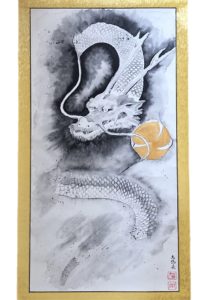

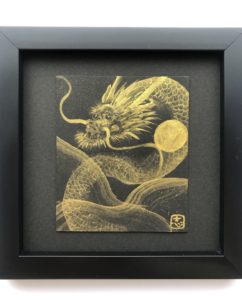
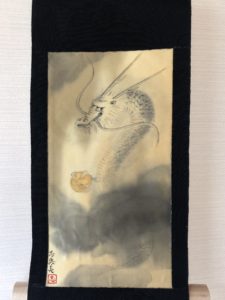
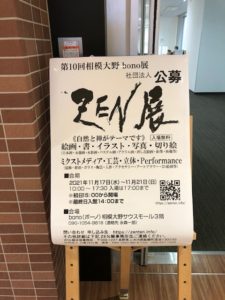
ZEN art exhibition Sagami Ono finished!
We are grateful that we had this opportunity to exhibit.
Thank you for everyone who came to this exhibition!
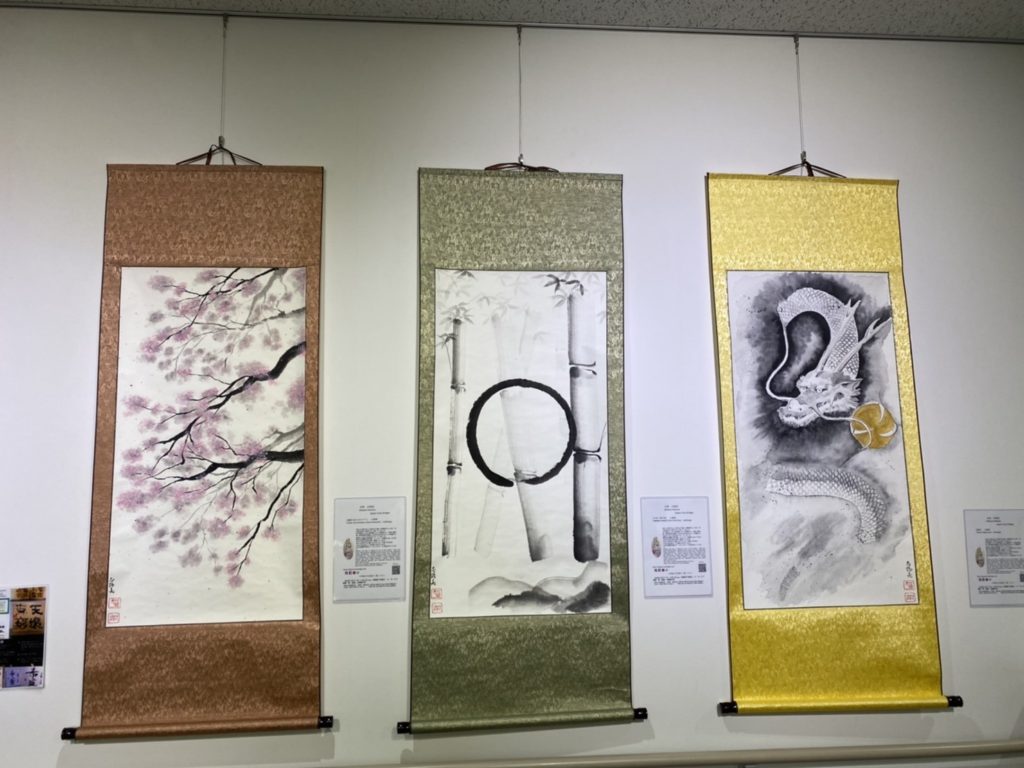

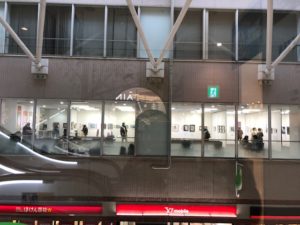
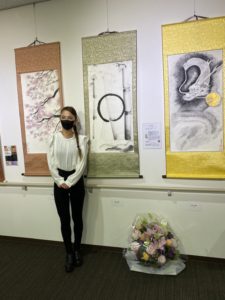
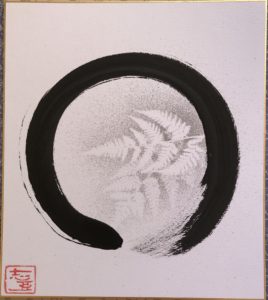
ZEN circle ENSO
Zen circle is called “Enso”.(円相)
Sometimes different “Kanji”(Chinese character) 円窓 is used for “Enso”, represents “round window”, which means our mind’s window.
Enso is one of Sumi ink painting (Japanese calligraphy) in Zen.
Usually it is drawn in one brushstroke, and is sometimes called “Ichienzu”(一円図)、”Ichienso”(一円相).
~Enso symbolizes absolute enlightenment, strength, elegance, the universe and “mu”(無)(meaning void). It is characterized by a minimalism born of Japanese aesthetics.~
*Quaoted from Wikipedia
Japanese aesthetics seeking for simplicity is called Wabi-sabi.
Wabi expresses the happiness and mental abundance in the imperfect (hard) circumstances.
Sabi expresses the beauty we can find in imperfection.
So Wabi can be a symbol of inner abundance, and Sabi can be a symbol of outer beauty(simplicity).
When you draw Enso, you have to draw it in one brushstroke, meaning there is no time to stop, no chance to fix.
It is the moment when the mind should be free, and let go of everything.
This is ZEN meditation practice.
In other words, this spiritual practice of drawing Enso is the practice of self-realization.
Sometimes Enso circle is open, which means incomplete.
This incomplete allows more movement, development and practice.
When Enso circle is closed, which represents perfection.
However, how you look at Enso circle and what you have in your mind by looking at it, is totally up to you.
Enso circle is simple, yet really profound and teaches us a lot.
It never stops attracting us, because our entire life is a long trip of self-realization.
I love to draw Enso circle, but at the same time, I love to look at Enso.
Looking at Enso circle is a good meditation.
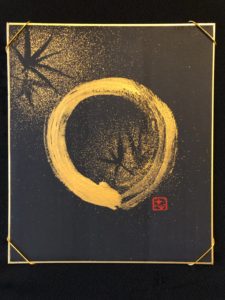
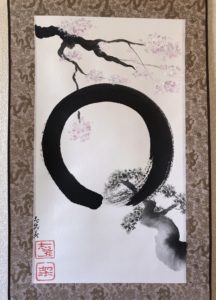
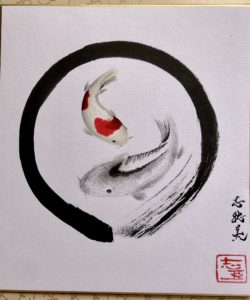


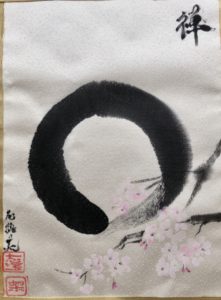
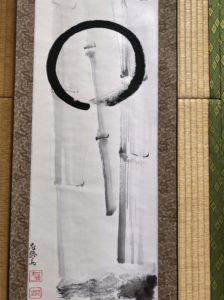
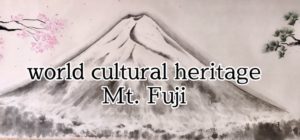
World heritage -Mt. Fuji
Mt. Fuji is the highest mountain in Japan, the altitude of 3,776m.
It is well known not just in Japan but in the world as the world heritage site.
The reason Mt. Fuji was selected as a World Heritage Site, is not only for its value as a famous mountain of nature and beauty, but also for the faith held by the Japanese in the existence of Mt. Fuji and its value as a source of art born through Mt. Fuji.
Since ancient times, Japanese people felt divinity in Mt. Fuji and admired it as the symbol of spirituality.
They looked up Mt. Fuji and prayed.
How did Mt. Fuji become a mountain of prayer?
Mt. Fuji is the symbol of “mountain worship”.
“Sangaku-shinko ” 山岳信仰” is a faith worshipping mountains as being sacred.
So what is “Sangaku- shinko” -mountain worship?
Japan is an island country, of around 75% of the land being occupied with mountains and forests.
This fact already made people have strong connections with mountains.
In the old days, the souls of the dead who left their bodies were thought to climb mountains.
When Buddhism was transmitted, people started to believe the souls of the dead climbed the mountain and they would become Buddhas at the summit. As a result, the mountain has come to be regarded as the most sacred place where God and Buddha live together.
There are many shrines in and around mountains, and of course Mt. Fuji also has shrines called “asama shrine”浅間神社“ on its summit and around it as well.
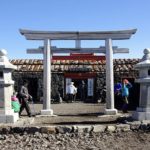
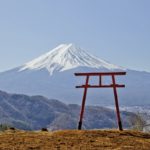
That is because Mt.Fuji is God himself.
On the other hand, Mt. Fuji is a beautiful active volcano.
There has not been a major eruption in the last 300 years since the last eruption of 1707, but it has a history of being feared not only as beautiful but also as a scary mountain.
Asama Shrine, which is scattered throughout the Mt. Fuji area, also has a deep desire to calm the terrible disaster.
In Western Europe, nature, including mountains, should be conquered by the power of God. There is a big difference from Japan, which feels the sign of God and Buddha from rich nature and thinks that the mountain is a god.
That is the reason that Mt. Fuji is very special mountain for Japanese people.
And as a source of art, famous painters and artists left behind their works that were in some way in connection with Mt. Fuji, especially since Edo period.
From folding screen paintings, fusuma paintings, hanging scrolls, the pilgrimage mandala, which is the object of faith, and as well as the decoration of crafts such as costume patterns, daily fixtures, and furnishings, countless figures of Mt. Fuji were drawn.
I myself, love to draw beautiful Mt. Fuji.
Mt. Fuji has the power to captivate a person from a first look.
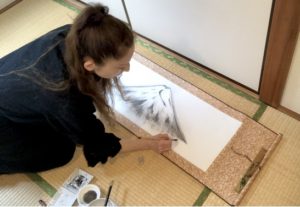

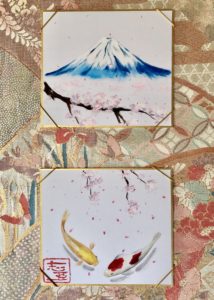
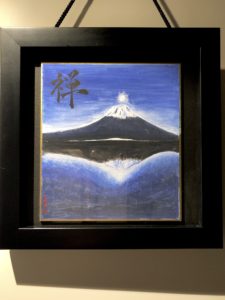
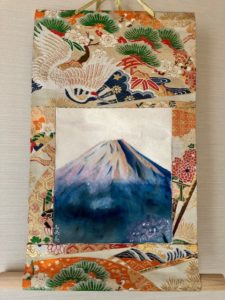
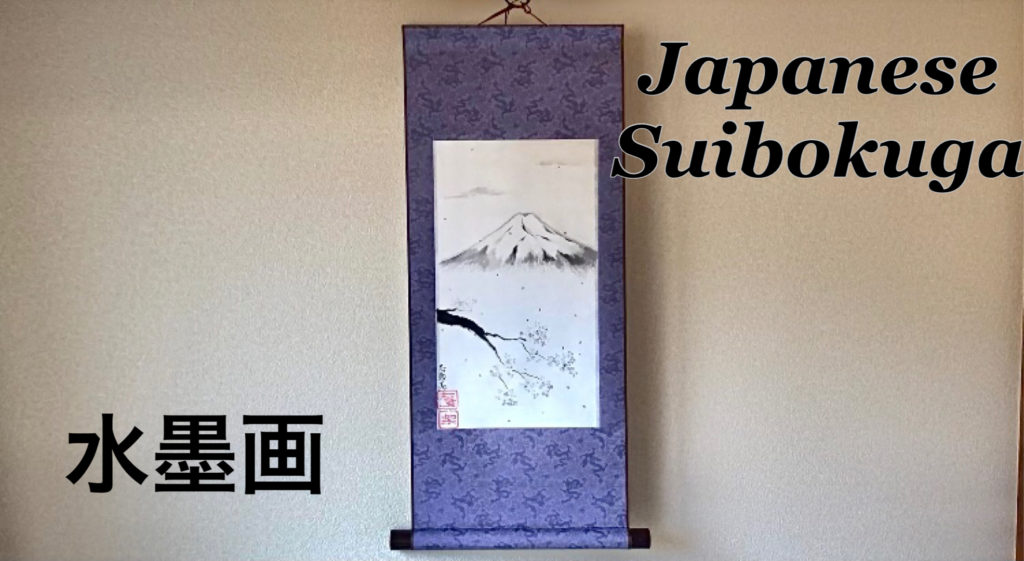
Suibokuga (水墨画)- Japanese traditional painting art
Suibokuga is sometimes called Zen Painting.
Sumie is painting with ink.
And Suibokuga is one of Sumie painting, with the gradation of dark black to light black.
Main tool for Suibokuga, “Sumi ink” is made from mainly soot, animal glue, and perfume.
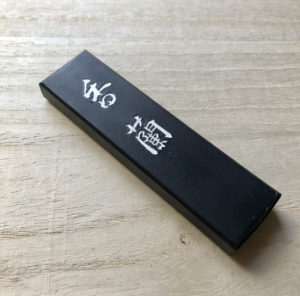
We add a little water into an inkstone (suzuri) and rub sumi ink, it becomes dark black color.
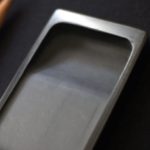
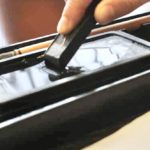
By mixing this black ink with water, we can create the gradation color of black to light grey.
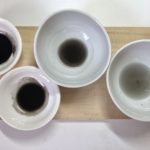
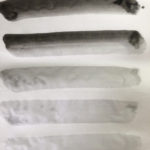
In Japan, Suibokuga is not just about paintings drawn with only ink, but we include some colored paintings drawn with mainly ink and some pigments also.
Sumie: The way of painting with ink was already in Japan since Nara period (710 – 794).
And Suibokuga style was brought in Japan at around Kamakura period (1185 – 1333), then became very popular especially at around Muromachi period (1336 – 1573), as Suibokuga style paintings were deeply connected with ZEN temples.
Until 14C, the subjects of Suibokuga were humans called “Jinbutsu ga” (人物画) , and flowers and birds called “Kacho ga” (花鳥画).
In 15C, “Sansuiga”(山水画) , meaning “mountains and water paintings” became popular.
Subjects of this Sansuiga is nature, such as mountains and water falls, rocks, trees etc.
I love to paint Japanese nature and symbols in Suibokuga.
Sakura cherry trees, bamboo tees, pine trees, Mt. Fuji, crane birds, and koi fish.
Sometimes tigers and Ryujin dragon god as well.
Tigers and Ryujin dragon god are also very popular subjects for Suibokuga.
I love to express Japanese beauty with the amazing gradation of ink with some colors.
That is my Suibokuga.
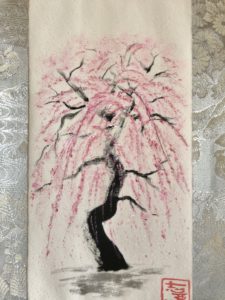

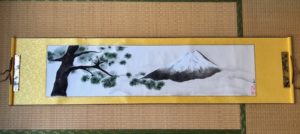
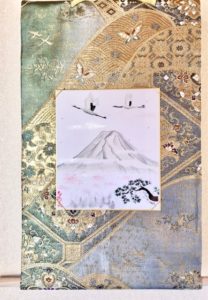
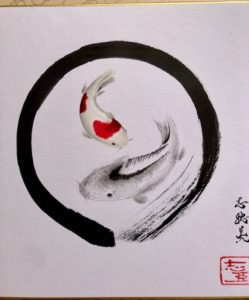
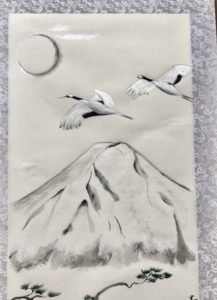
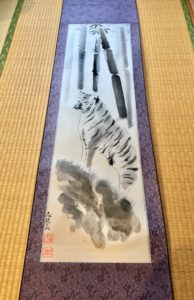
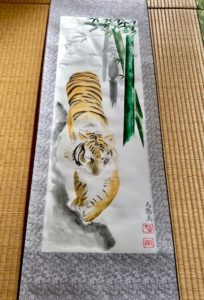
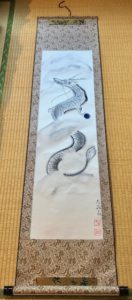
y